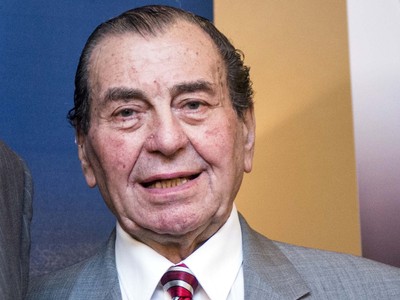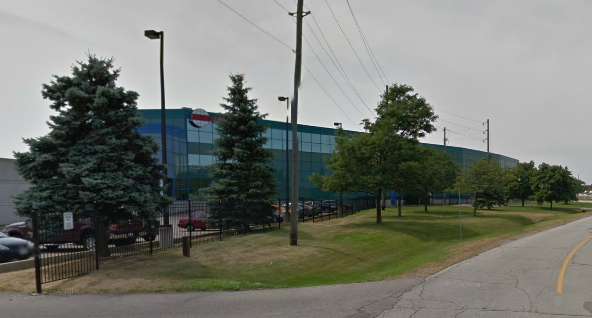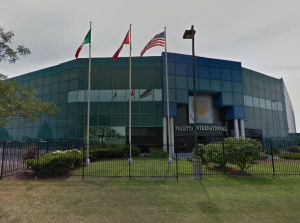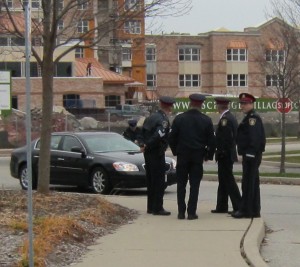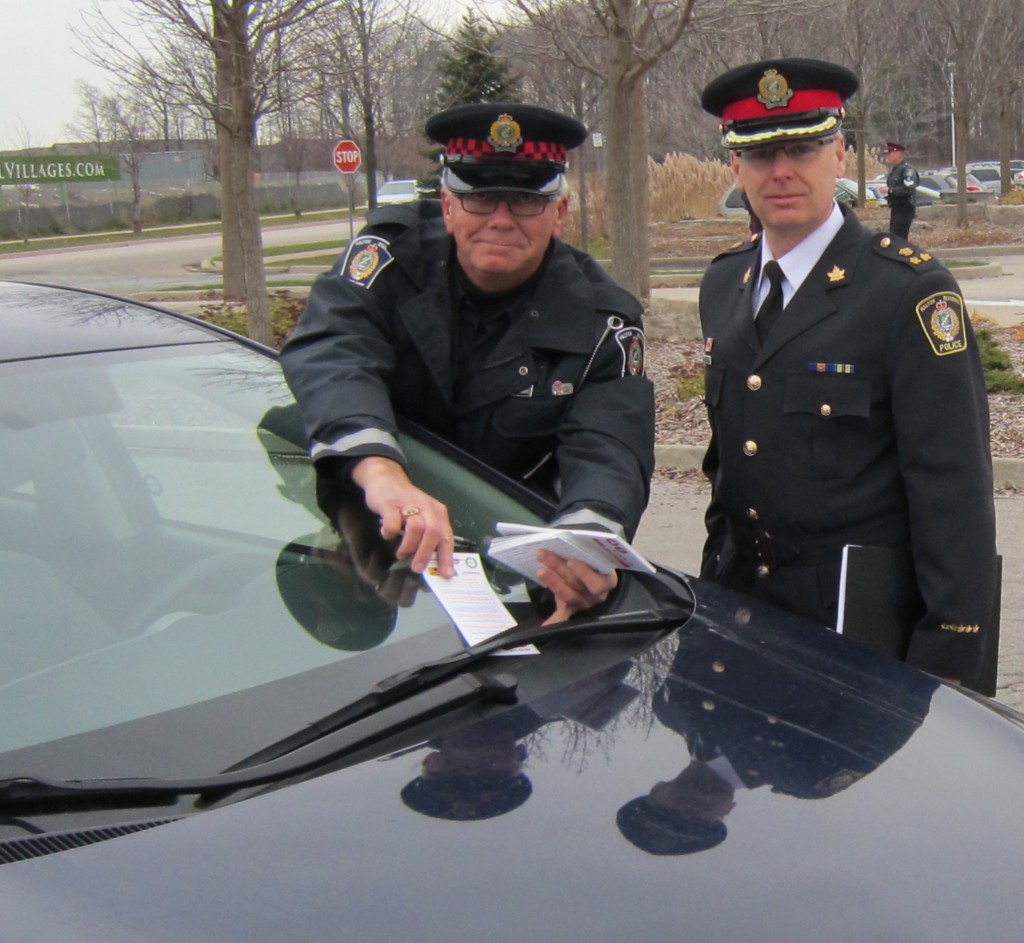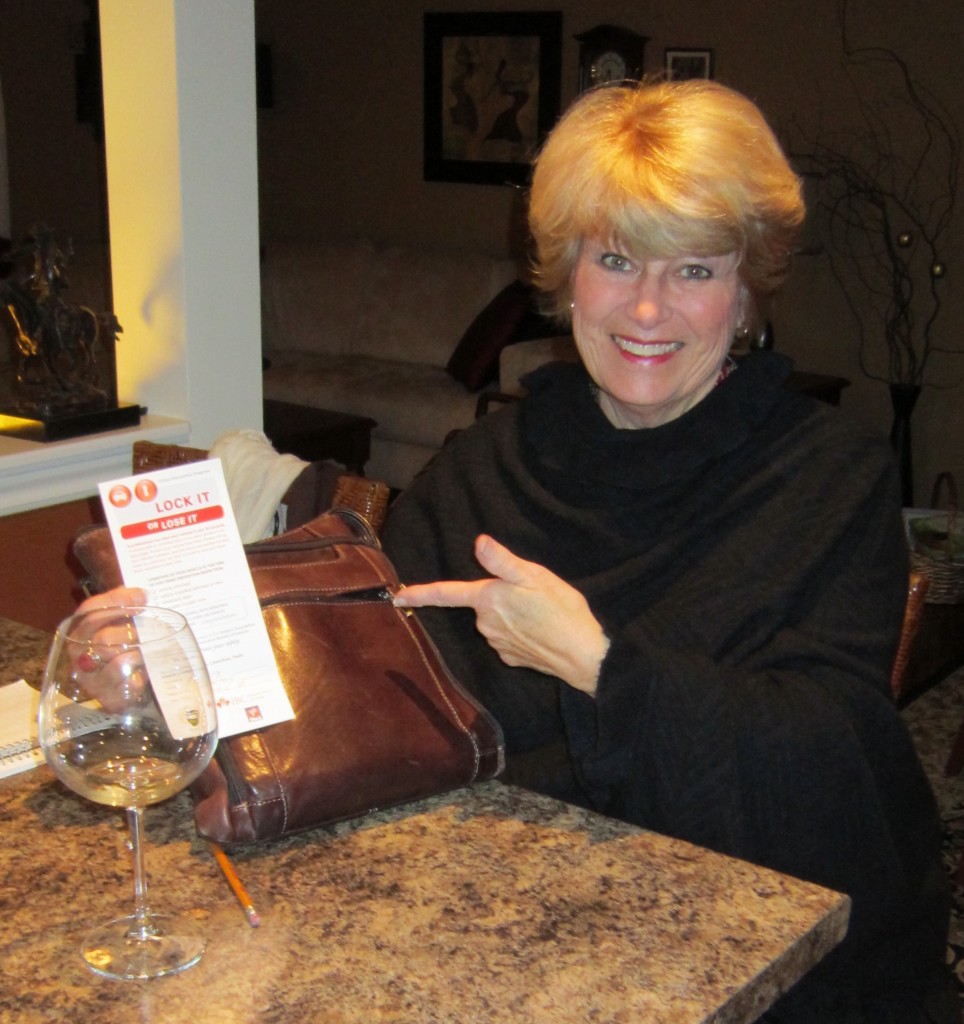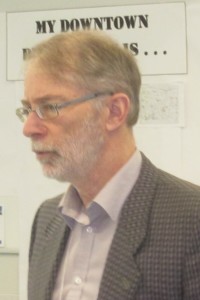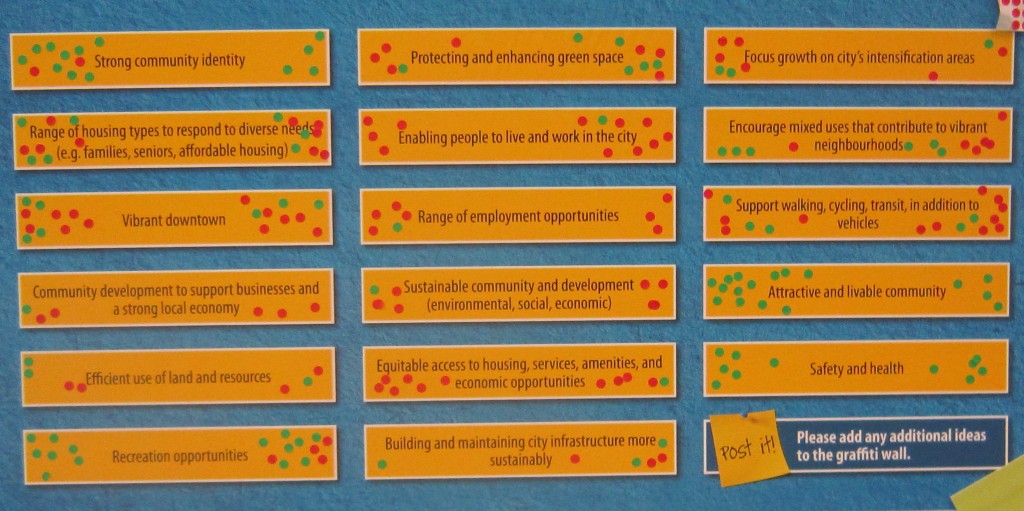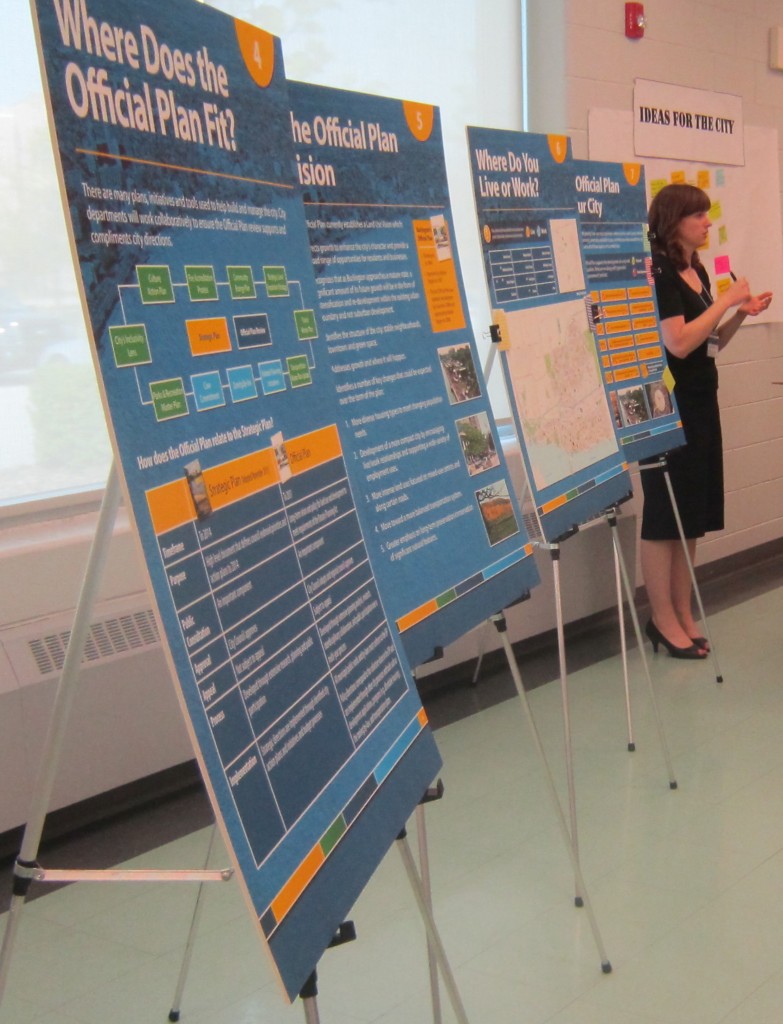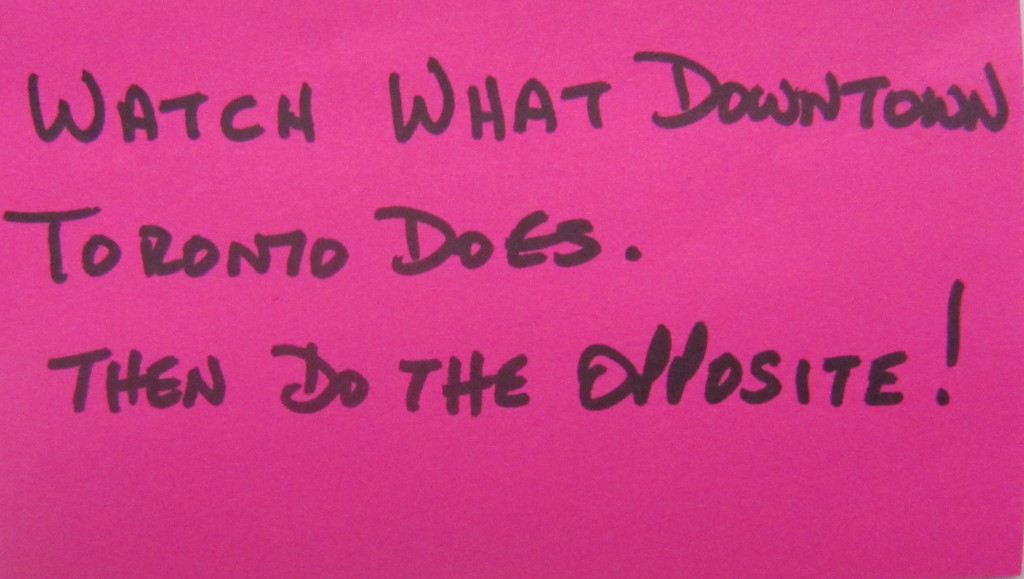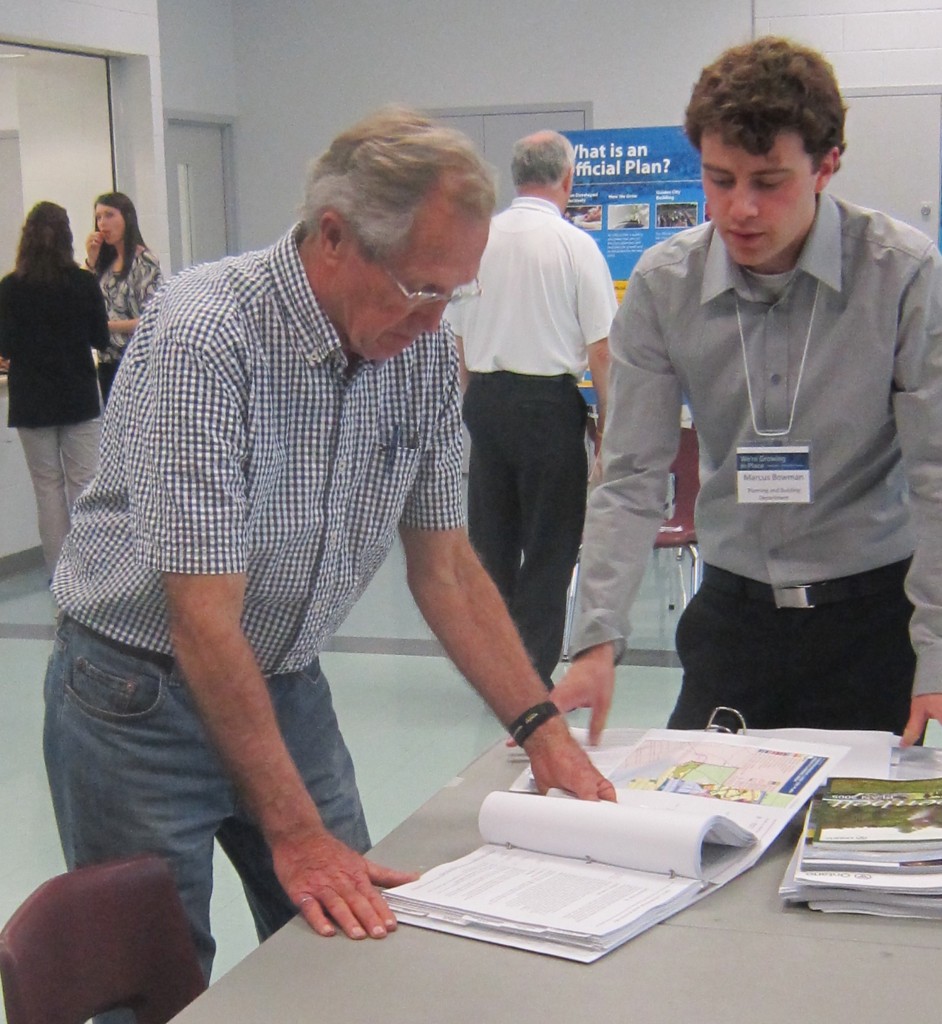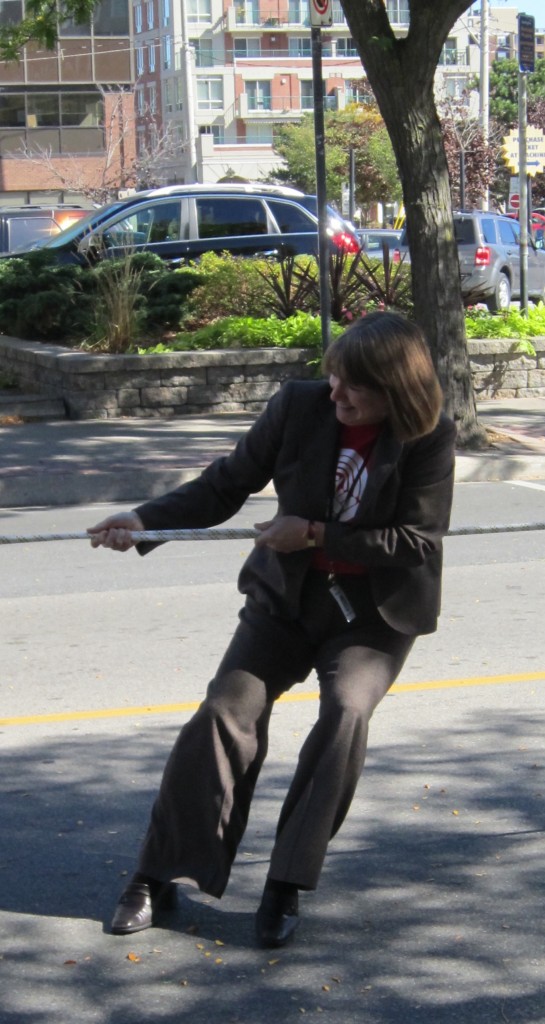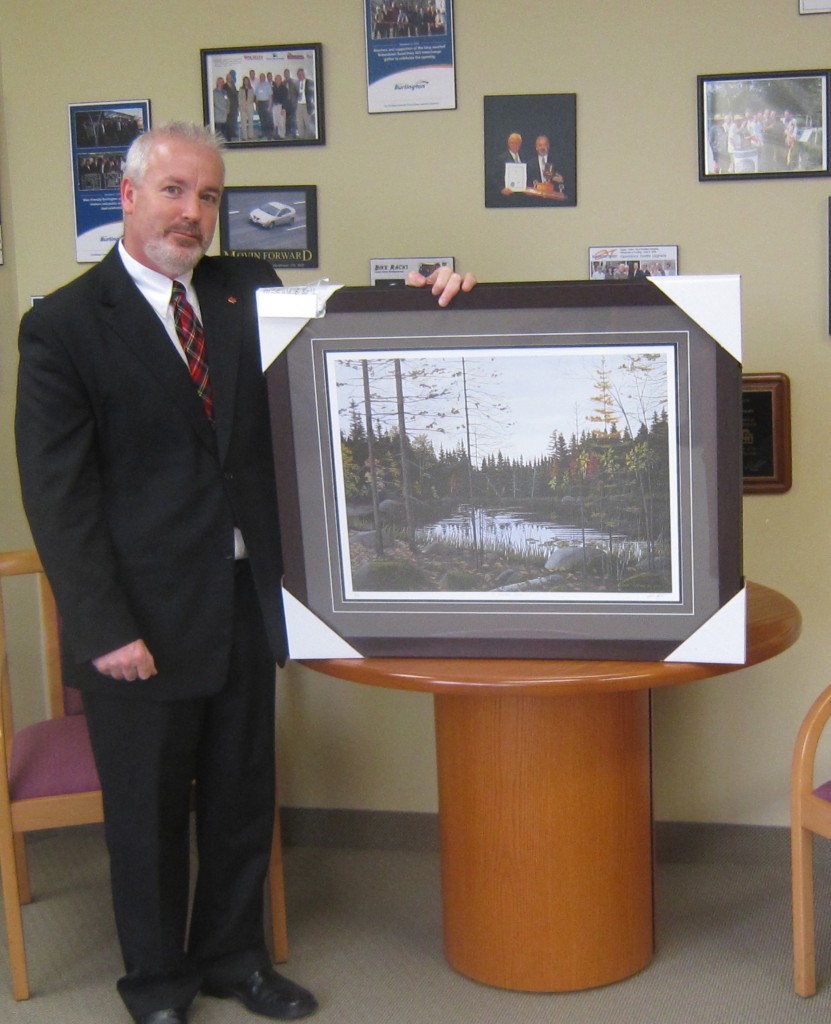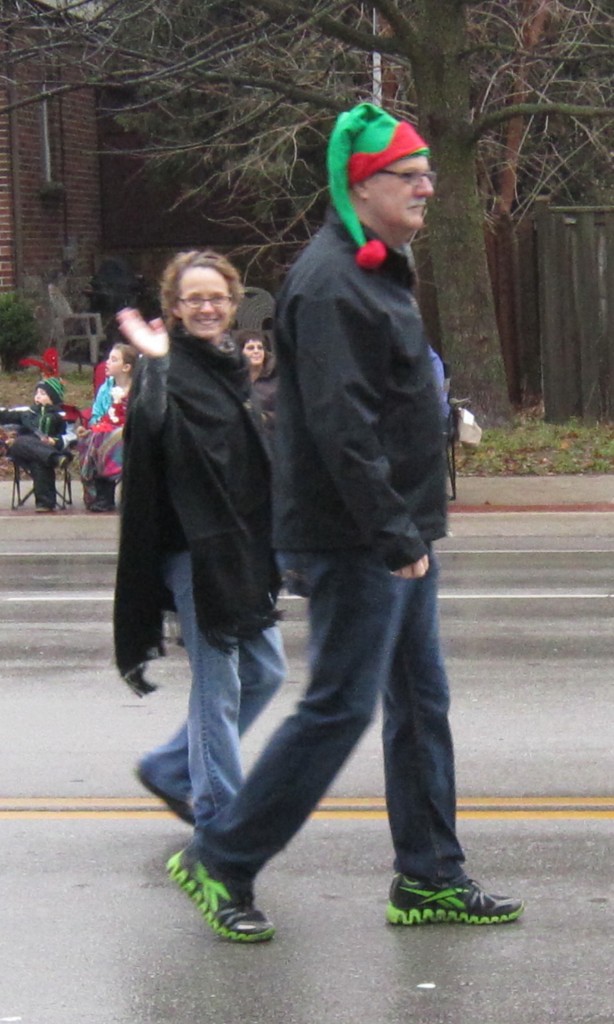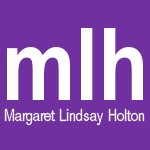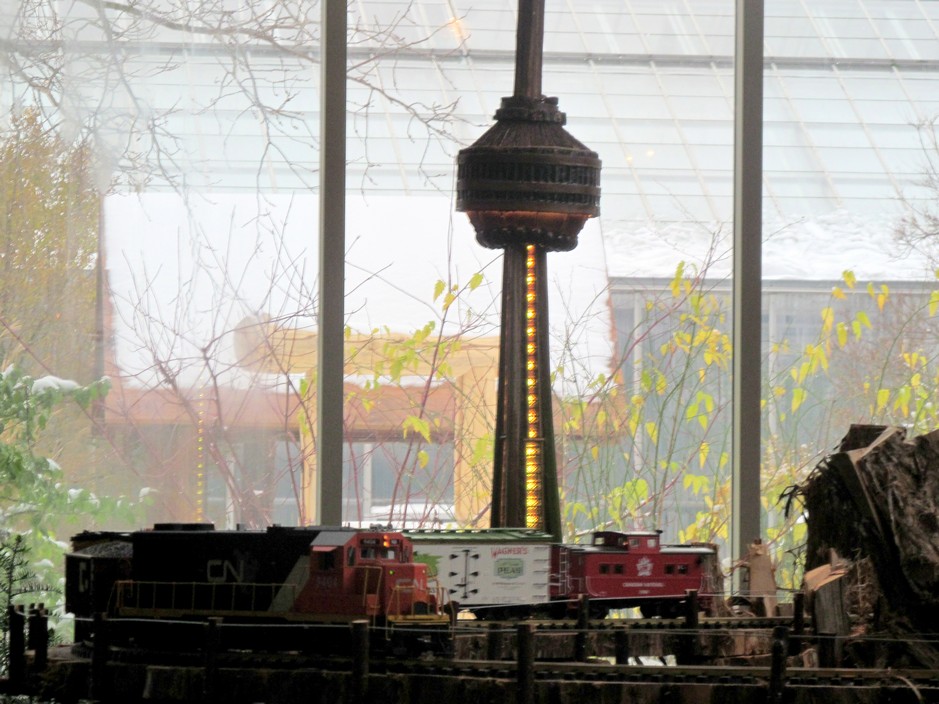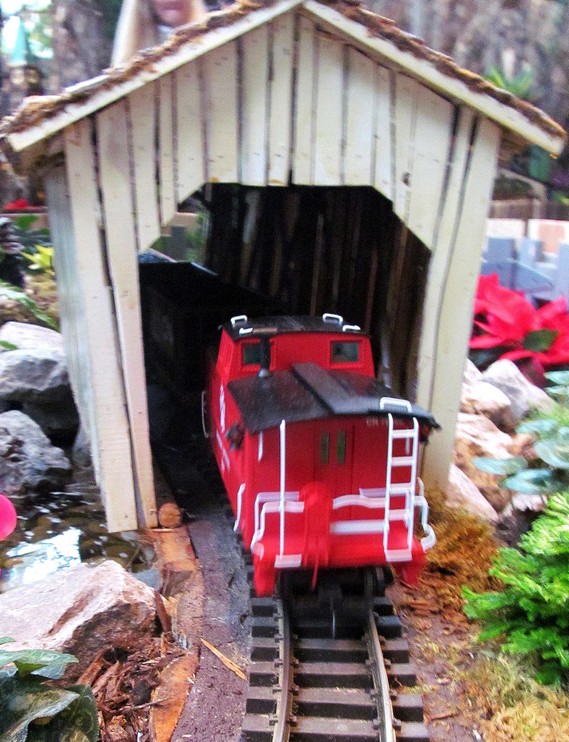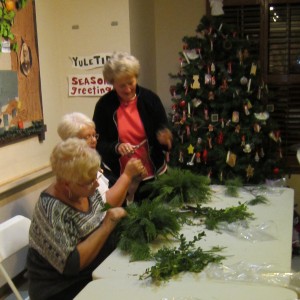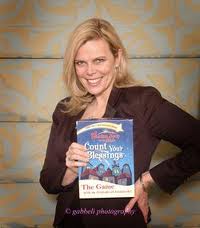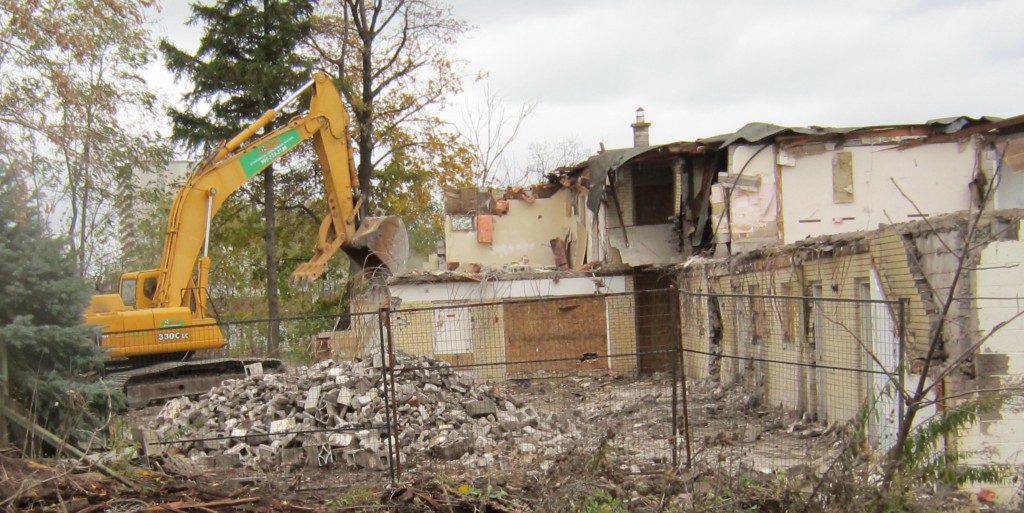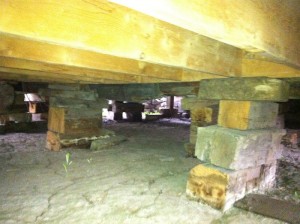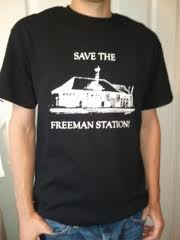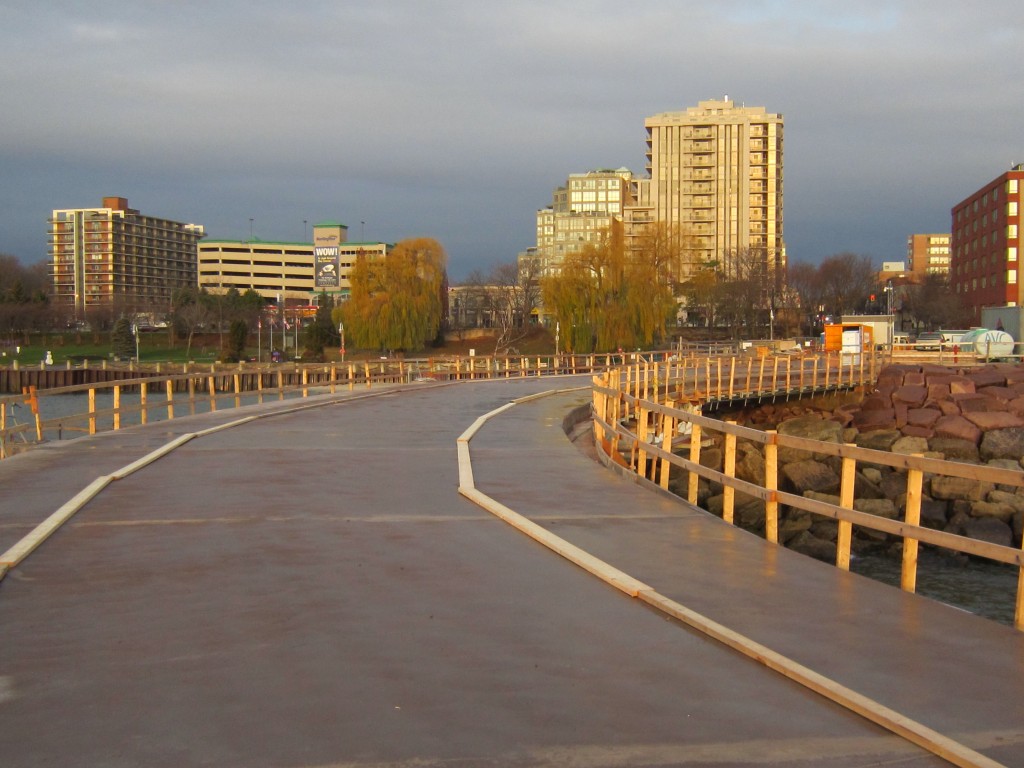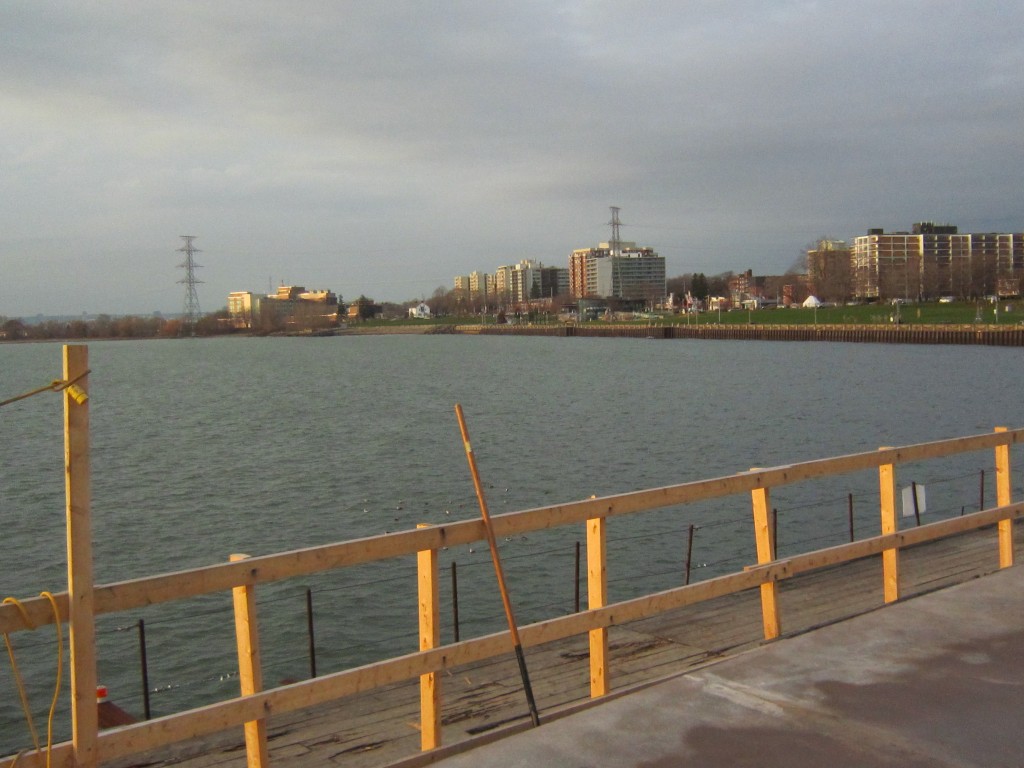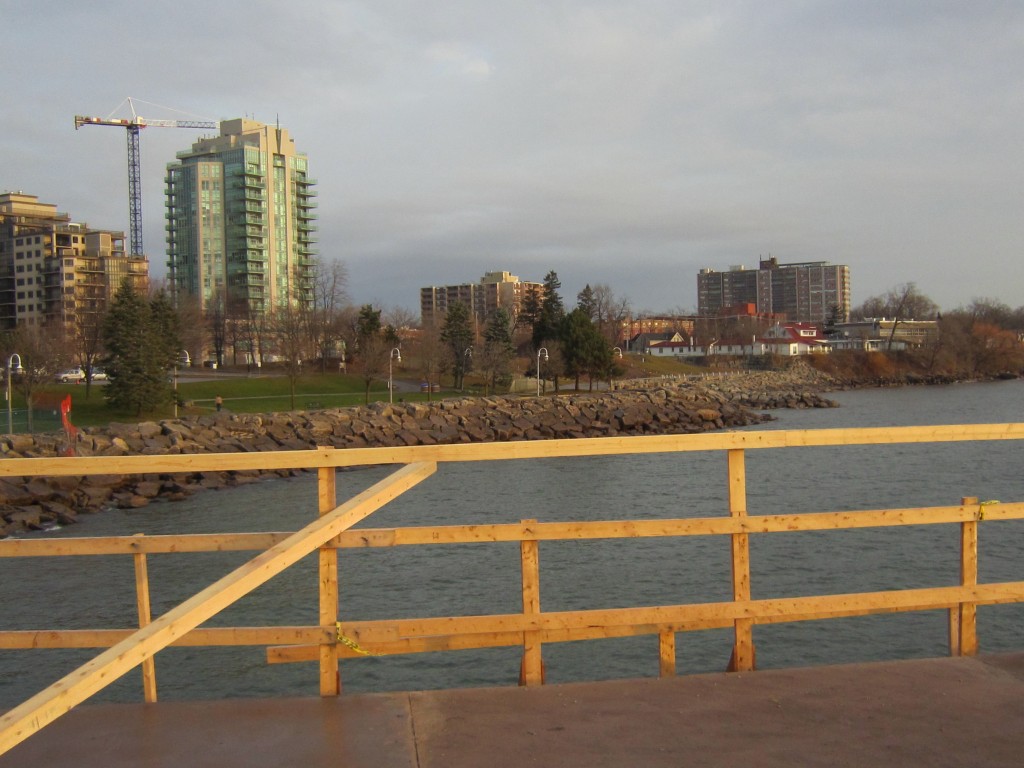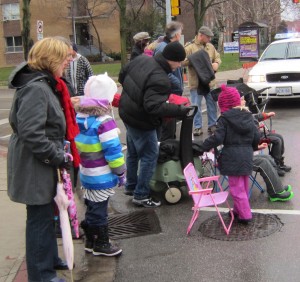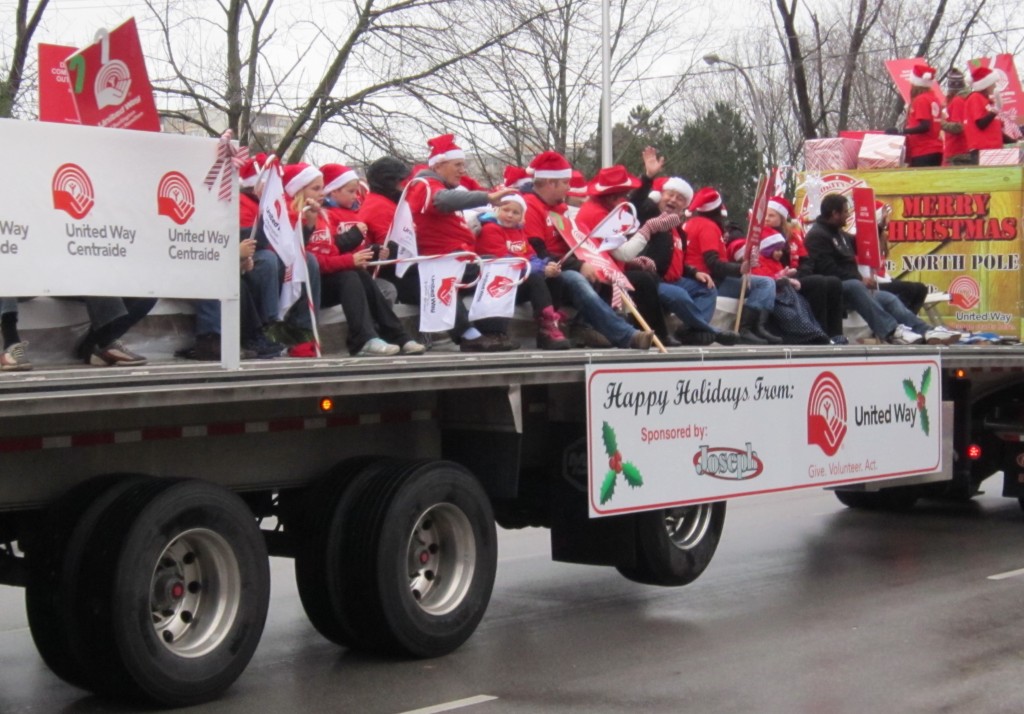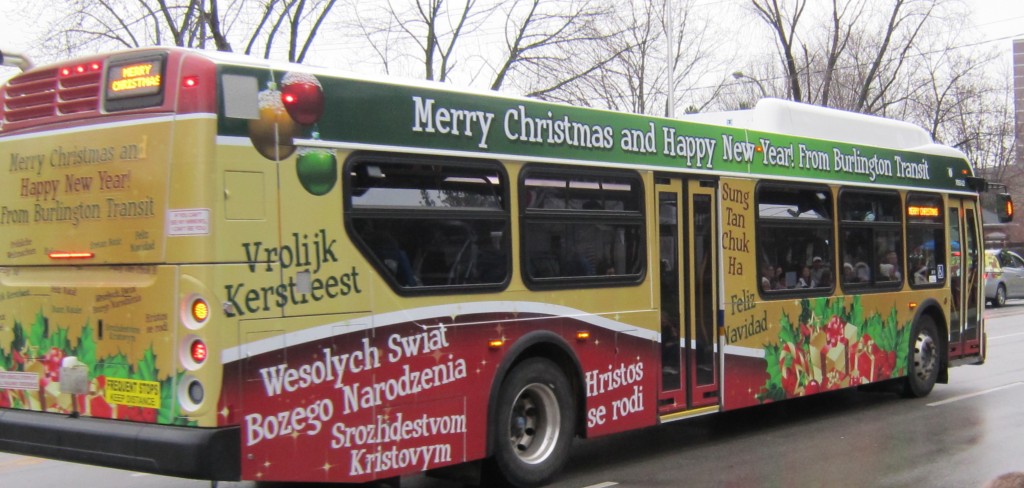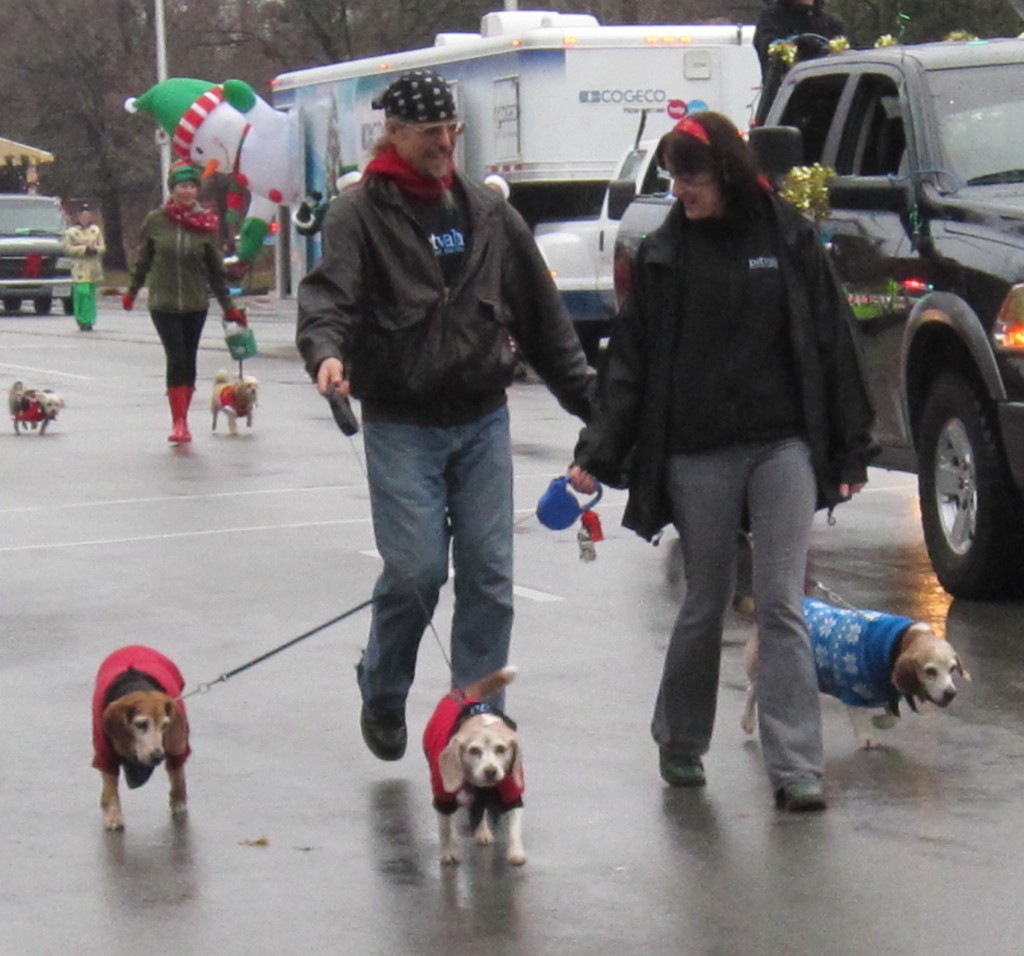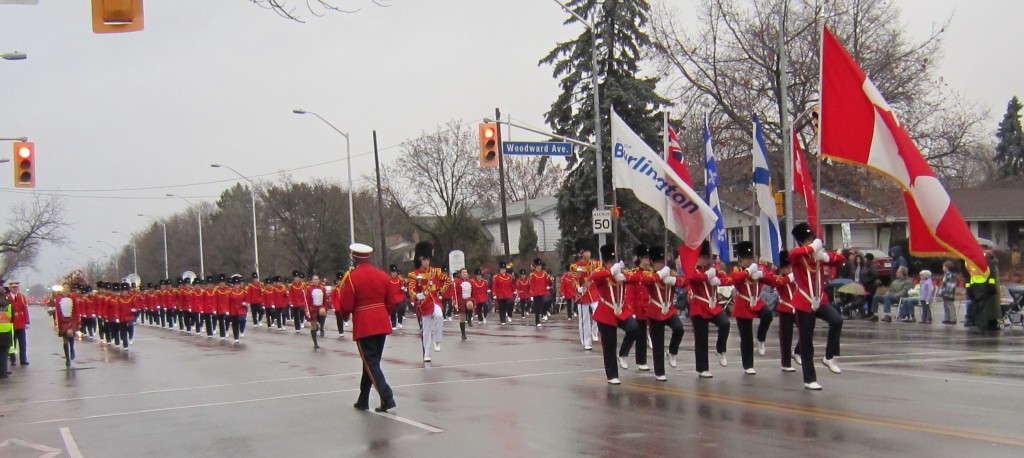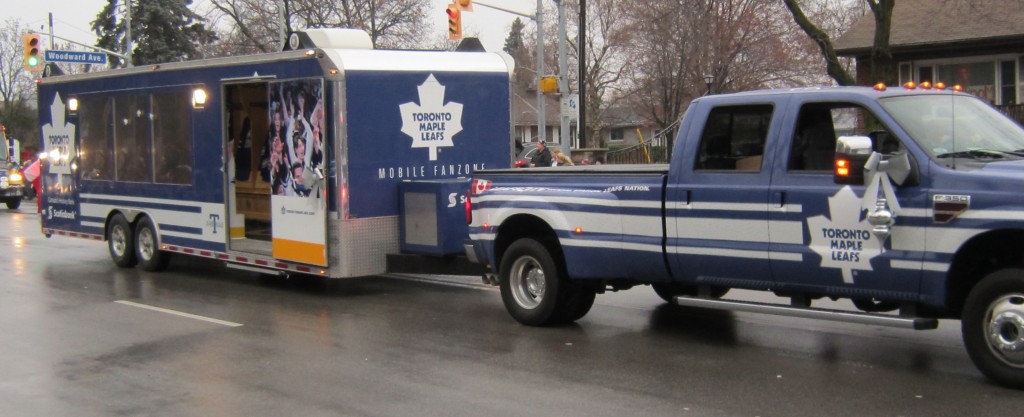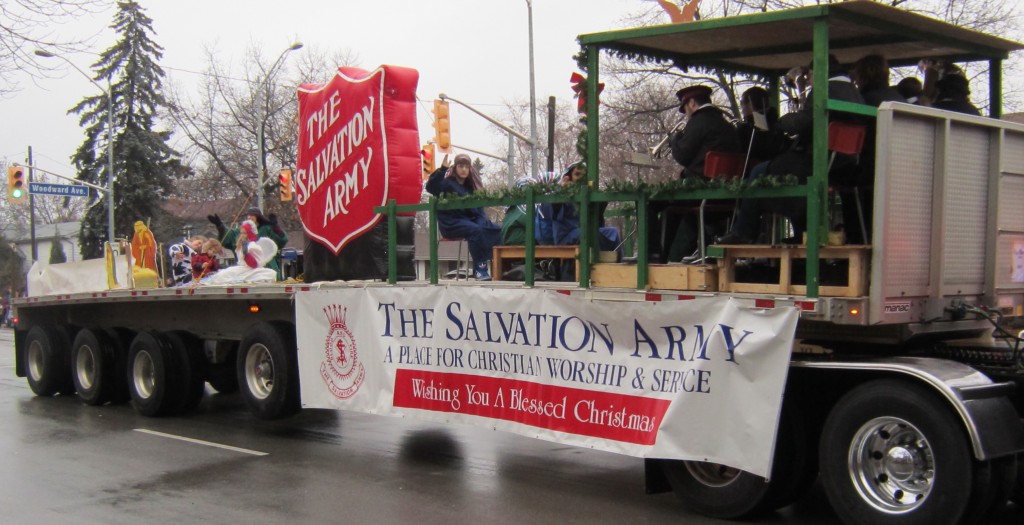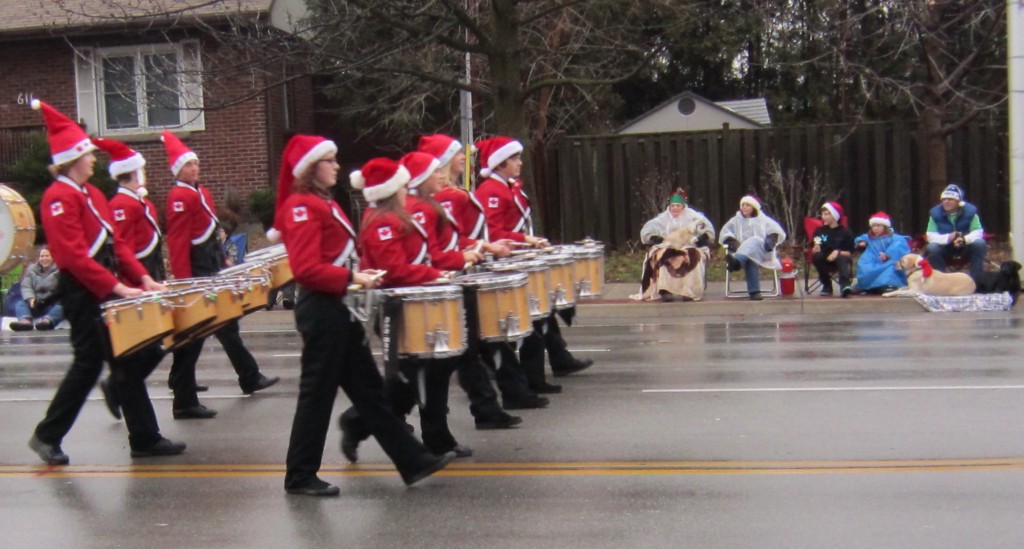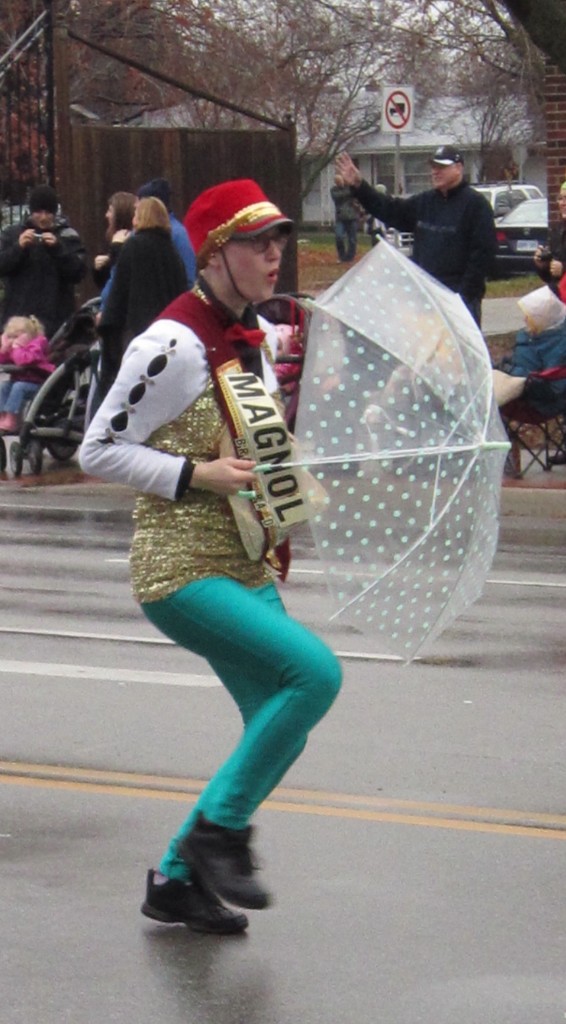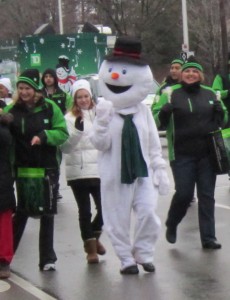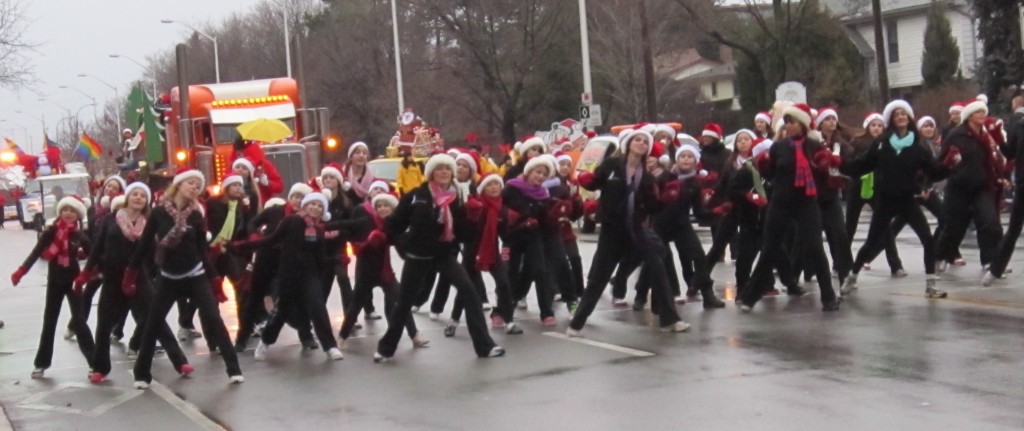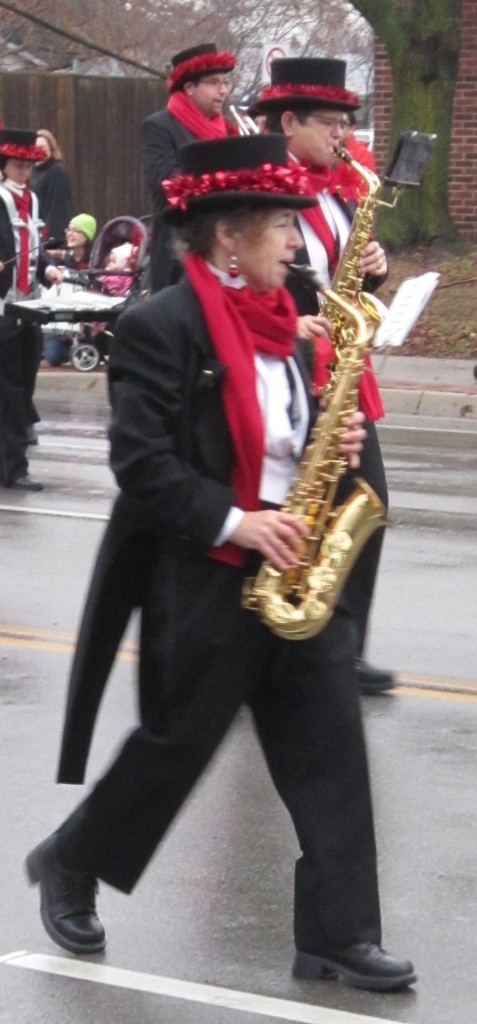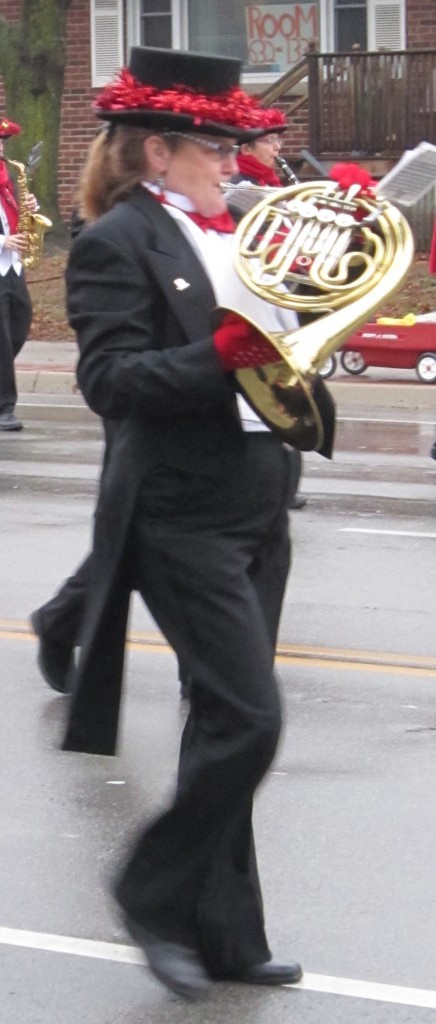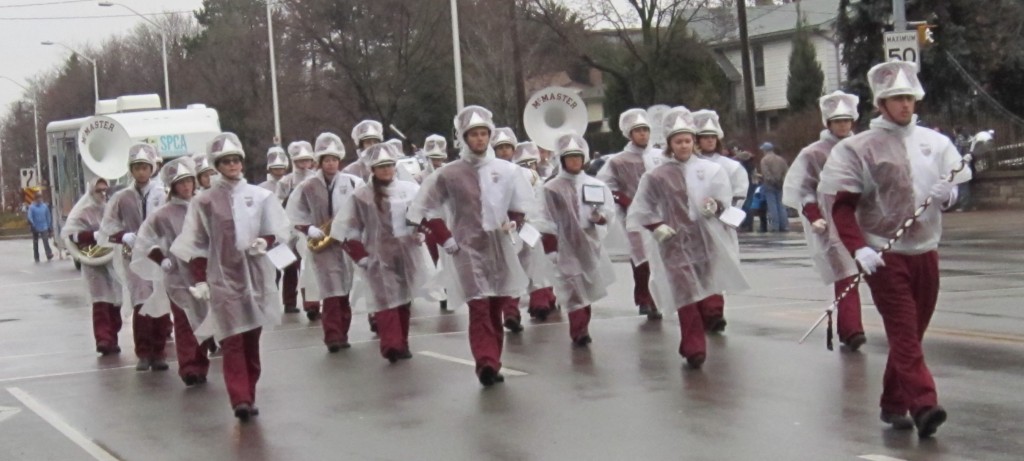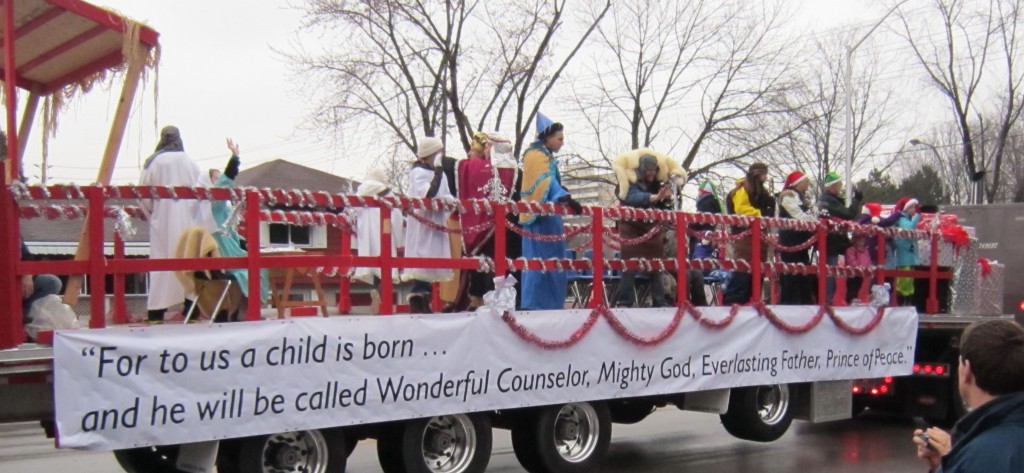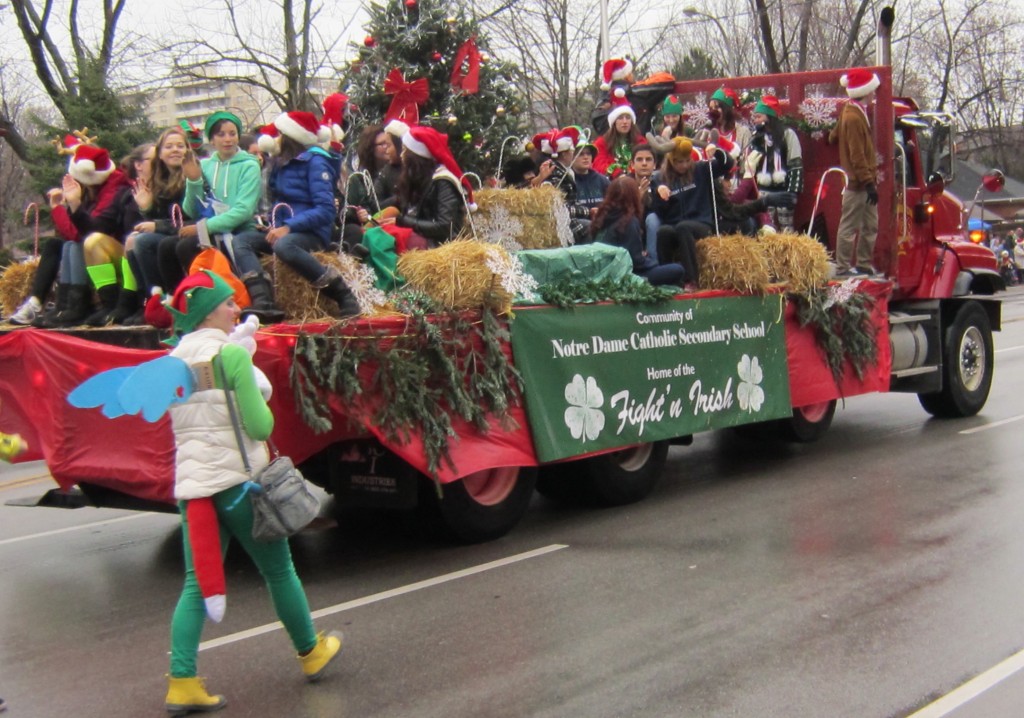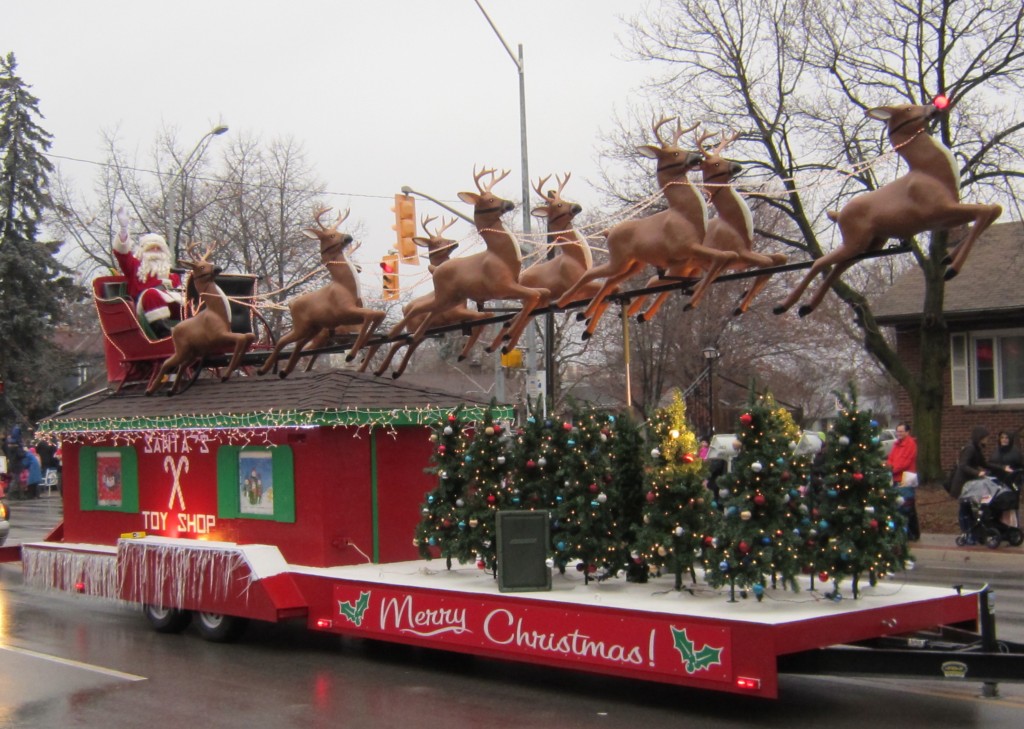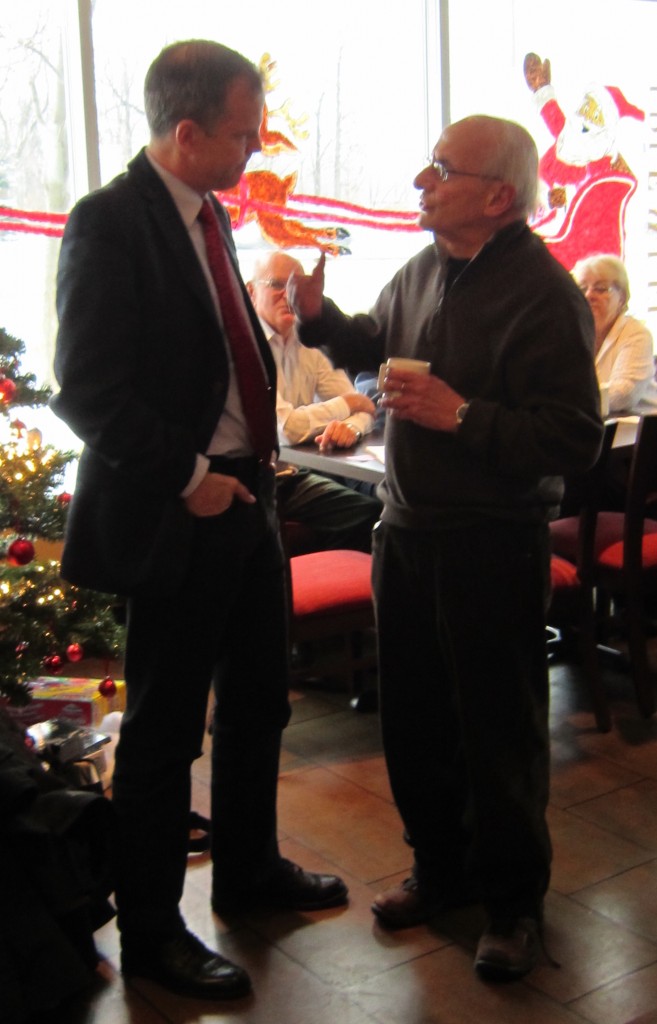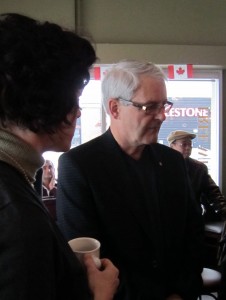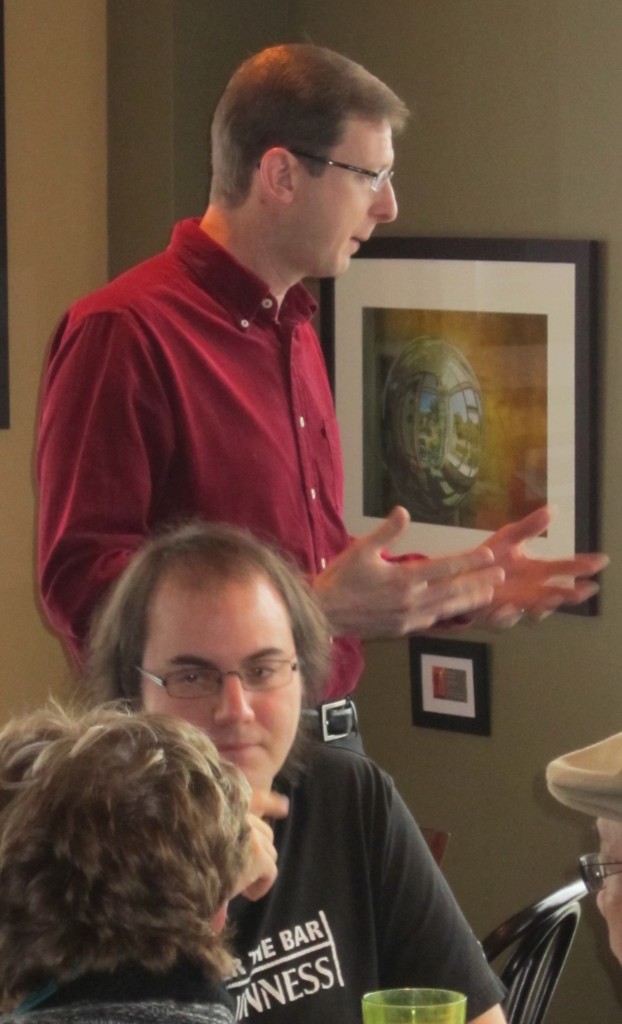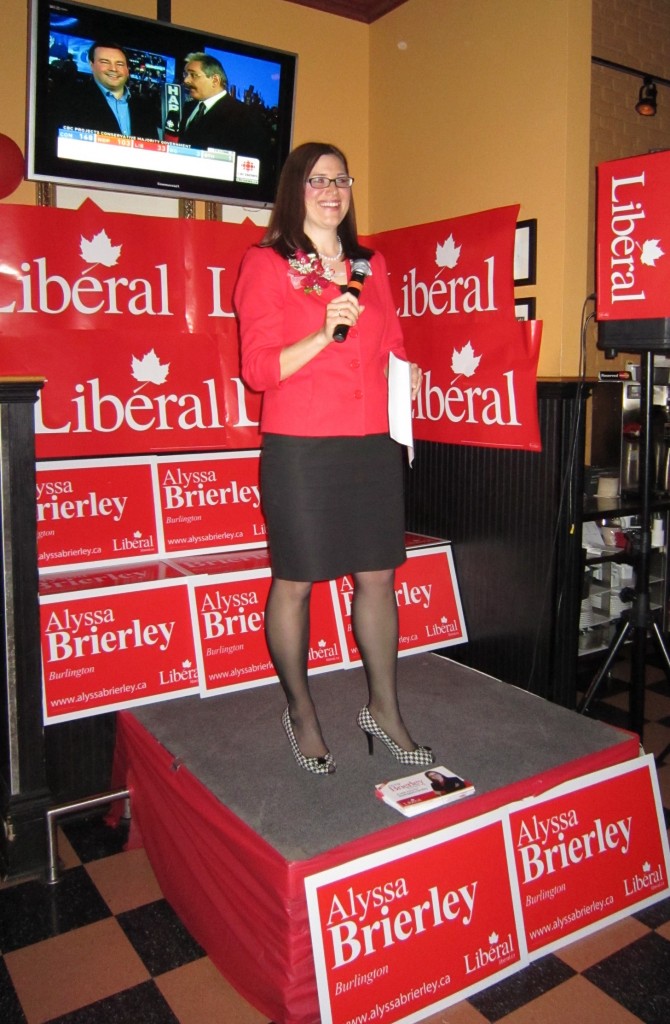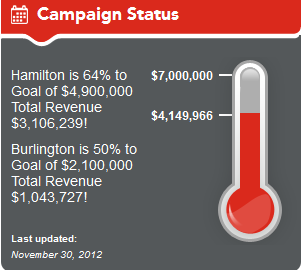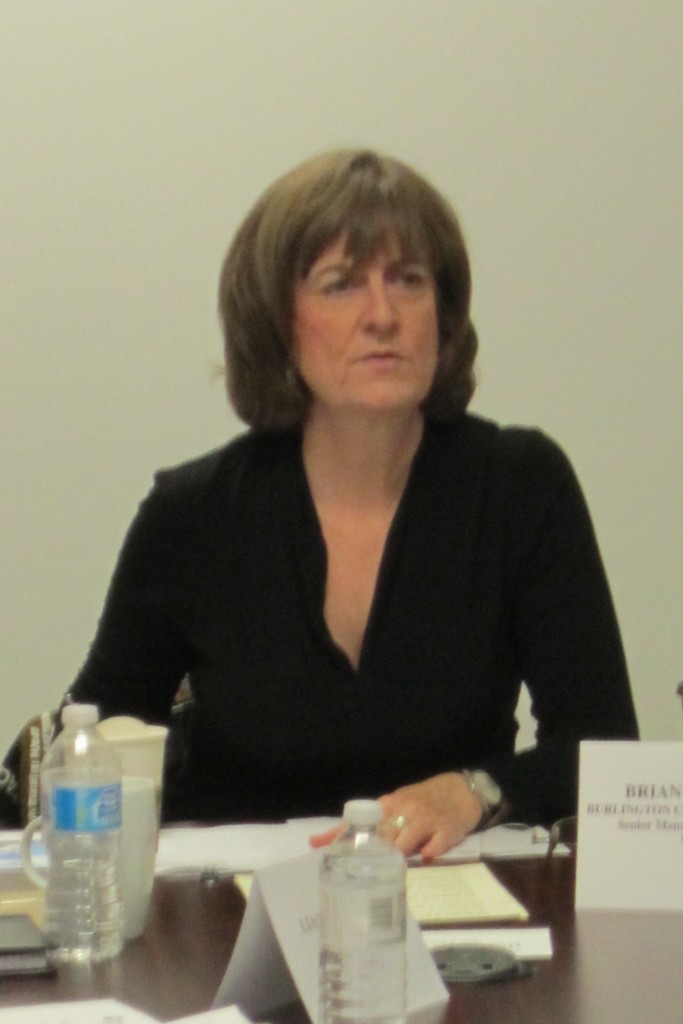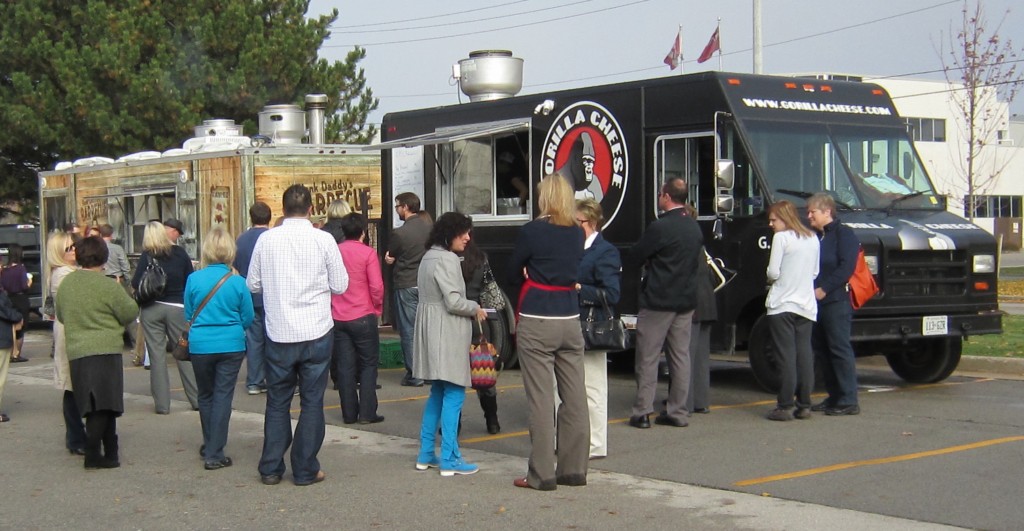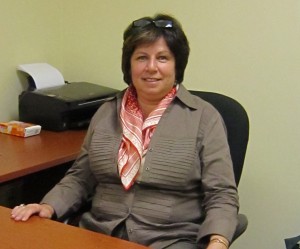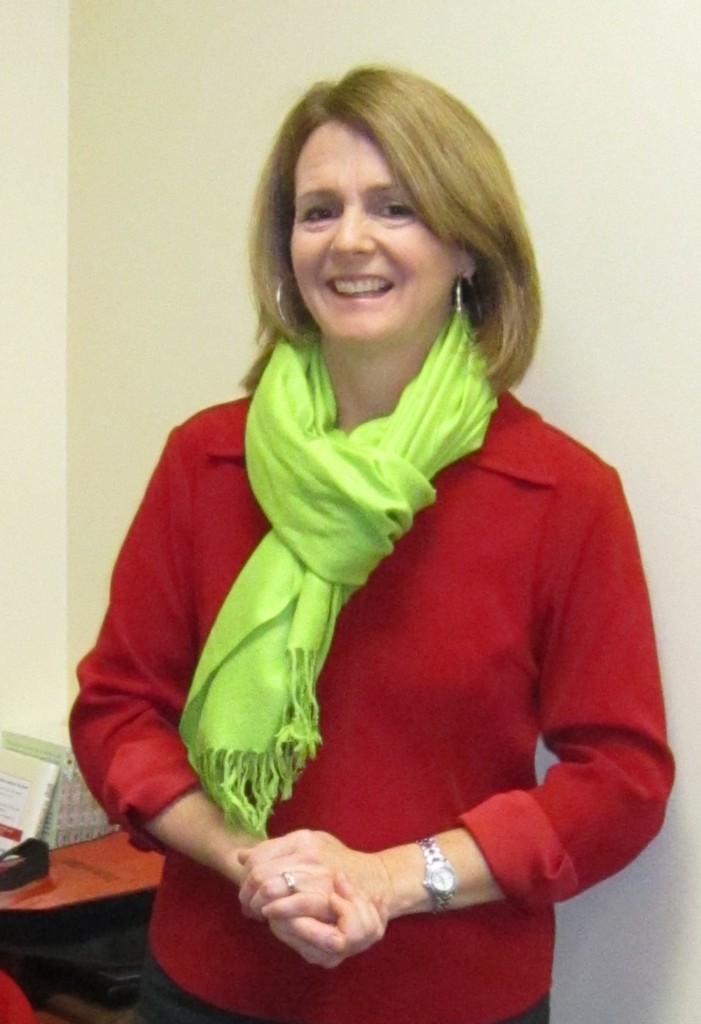This document has been revised.
The revision is HERE.
The following is the Burlington Community Engagement Charter that was presented to the Budget and Corporate Services Committee of Council on Tuesday, December 4th, 2012.
We make no editorial comment on the document in this space but rather present you with the document as it was submitted by a committee of citizens under the direction of Christine Iamonaco, Burlington’s Public Involvement Coordinator.
1. Introduction
The Burlington Community Engagement Charter is an agreement between and among the City of Burlington Council (City Council) and the citizens of Burlington concerning citizen engagement with city government. It establishes the commitments, responsibilities, and fundamental concepts of this relationship, based upon the City Council commitments set forth throughout this Charter.
At the core of democratic government are two pillars:
• That government belongs to the citizens within its political boundaries, and
• That the inhabitants of a city are “citizens” with the rights and responsibilities of citizenship based on justice, human rights, fundamental freedoms, and rule of law.
Effective citizen engagement should be based on these two pillars of democracy.
Engaging people on issues that affect their lives and their city is a key component of a strong democratic society. Public involvement encourages actions and personal responsibility and results in better decision-making.
This Charter’s overarching objective is to bring meaningful citizen contribution and insight to city decision-making by enhancing communications and access to information for citizens, and to facilitate and enable meaningful citizen engagement.
Details of the charter actions are presented in the Burlington Community Engagement Charter’s Action Plan and Staff Guide.
The Burlington Community Engagement Charter does not supersede existing laws, by-laws, statutes or acts.
This Charter is composed of seven sections:
1. Introduction
2. Common Terms and Definitions
3. Vision and Mission Statements
4. City Council Commitments
5. Citizen Rights and Responsibilities; Mutual Respect
6. Spectrum of Participation
7. Bringing Charter Commitments to Life
Appendix A Conflict Resolution
Appendix B Spectrum of Participation
Appendix C Citizen Advisory Committees
2. Common Terms
As used in this document the following terms are defined to mean:
Citizen: For the purposes of this Charter, the word citizen refers to a resident of the City, entitled to its rights and services and with a responsibility to take an active part in community decision-making.
Citizen engagement: The right and responsibility of citizens to have an informed say in the decisions that affect their lives though a dialogue of mutual respect between government and citizen.
Community engagement: The process by which citizens, organizations, and government work collaboratively for the purpose of a collective vision for the benefit of the community. It includes information sharing, consultation, and active involvement in decision-making.
Decision-making: The process followed by the City of Burlington’s City Council to reach decisions on those items that are presented in staff reports.
Meaningful Engagement: Engagement will be considered meaningful when it meets the following criteria: a well timed process that includes citizen input on proposed changes upon which city council will make a decision; when the results of engagement helped to better inform decision-making; and, where citizens were provided with feedback on how their input was considered in light of the decision being made.
Stakeholder: An individual, organization or group who will be affected, may be affected, or has an interest in an issue, or may have the ability to affect a decision or outcome. Organizations include non-governmental-organizations, government, institutions, and businesses.
Standing Committees: Standing Committees are Committees comprised of members of the City Council, established through the Procedural By-Law, and have an ongoing mandate or purpose.
3. Charter Vision and Mission Statement
Vision:
Burlington aspires to become increasingly more engaged and connected with its community.
Mission:
To provide Burlington citizens, members of City Council and City staff a plain language, living, policy and procedural document that guides and promotes active and meaningful citizen engagement in the City of Burlington’s planning, policy-setting and decision-making processes.
4. Burlington City Council Commitments:
To fulfill the vision and mission of the Burlington Community Engagement Charter, City Council makes the following commitments:
Accountability
The City of Burlington will be responsible to its stakeholders for decisions made and policies implemented, as well as its actions or inactions.
Transparency
The City of Burlington will actively encourage and facilitate stakeholder participation and openness in its decision-making processes. Additionally, transparency means that the City of Burlington’s decision-making process is open and clear to the public.
Early and Widespread Notification
The City of Burlington will provide early and widespread notification to citizens about proposed developments, policies, initiatives, and municipal projects.
Delegation Process
The City of Burlington Council’s delegation process, which allows citizens to address Council and Standing Committees on issues, will be respectful and welcoming.
Clear Language
The City of Burlington will use plain and clear language in documents and public communications that is more engaging and understandable for citizens than technical language and jargon.
Openness and Access to Information
The City of Burlington will provide open data and information to the public in recognized and useable formats to facilitate healthy discussion of city issues. The City of Burlington will provide a variety of ways, including routinely available information in on-line formats, print material, and face-to-face opportunities for citizens, city staff and Members of Council to share information and, discuss ideas and options.
Community Feedback
The City of Burlington will inform citizens how their input was considered and used or why it was not used in City projects, initiatives and policy development.
Capacity Building
The City of Burlington will support citizens and community groups to develop their skills, ability, and confidence to participate effectively with respect to decisions that affect their community and lives. This support will involve education and information about City processes, initiatives, and policies, as well as supporting citizens’ ability to connect with other citizens on city issues.
Inclusivity and Accessibility
The City of Burlington’s public engagement processes will involve and enable the participation of the full range of its diverse population.
Adequate Resourcing
The City of Burlington will provide adequate resources including staffing and budget to achieve the goals of the Burlington Community Engagement Charter and to implement and realize its recommendations.
Measurement, Evaluation and Review
A public process will be established in which The City of Burlington will measure and periodically review the effectiveness of the Burlington Community Engagement Charter. Improvement based on the evaluation of the success of public involvement processes will ensure that the Charter is a “living document”.
Conflict Resolution
Regardless of the best intentions of all involved, conflict can arise in the course of an engagement process. Depending on the type of conflict and the issues involved, different resolution mechanisms will be appropriate. Conflict resolution is described in appendix “A”.
5. Citizen Rights and Responsibilities; Mutual Respect
Engaged citizens are a necessary part of building a strong and inclusive community.
Rights: Citizen engagement is grounded on the premises that citizens have the right to have an informed say in decisions that affect their lives, the right to access information from their local government, and the right to transparent and open government that provides them opportunities for engagement.
Responsibilities: Along with rights come equal and corresponding responsibilities. Citizens have responsibilities to be aware of and understand community issues; to explore options with respect to issues; to meet with City staff and Members of Council if necessary; and, to facilitate meetings and connections with fellow citizens.
Respect: Successful community engagement requires mutual respect of all participants including citizens, staff, and members of council. Respect is exemplified by:
• Listening with an open mind
• Showing
• Listening with an open mind
• Showing consideration and value for another person’s point of view
• Valuing the role each person plays in engagement processes
• Following meeting “guidelines for engagement”
Successful citizen engagement requires meaningful interaction and dialogue between citizens and their local government. This will result in a constructive relationship with mutual respect between local government and its citizens.
6. Public Participation Spectrum:
The International Association for Public Participation’s (IAP2) spectrum of participation is a recognized global standard for identifying the different levels of participation.
Five levels of engagement, referenced from the IAP2’s Public8 Participation Spectrum will be used in City of Burlington community engagement activities. IAP2’s spectrum of participation is widely recognized in the practice of engagement, professionally recommended, and described as follows:
IAP2’s Public Participation Spectrum shows the possible types of engagement with stakeholders and communities. The spectrum also shows the increasing level of public impact as you progress through the spectrum beginning with ‘inform” through to ‘empower’. A more complete description of the IAP2 Spectrum of Participation appears in appendix “B”.

The little circles is “you”; the big circles is them. when fully empowered the circles will be crawling all over each other.
7. Bringing Charter Commitments to Life
The Charter establishes important citizen engagement commitments by the Burlington City Council. This section summarizes City of Burlington practices and procedures to both define and implement those commitments and to bring to life citizen engagement.
Early and Widespread Notification:
Citizens and community groups require accurate and relevant information as well as adequate notification time to effectively participate in any planned public involvement activity.
The City of Burlington will have an early notification system that provides early information about planned policy development, projects, issues, meetings, and events. This system will include notice posted on the City website about topics to be considered by Standing Committees and City Council at least two months prior to the relevant meetings. The notice will include staff contact information for citizens who may have questions or wish to provide early input.
To ensure that notification is as widespread as possible, the City will use a multi-media approach including local print media, the City of Burlington website, other relevant websites, on-line digital communication, social media, as well as reaching out to groups that might have an interest or would be affected by decisions. The City of Burlington will establish a direct notification system to which citizens and groups can sign up for early notification through email, social media, or other means.
Staff Reports:
Staff reports collect the background, research, information, facts, opinions and options surrounding an issue. The information and recommendations in staff reports are used by Standing Committees, City Council, and the public to support good decision-making.
Topics to be considered at Standing Committee and City Council meetings are posted on the City of Burlington website approximately two months in advance. Staff reports are made available on the web-site at least two weeks before the meeting in which they will be considered.
When citizens have been engaged on a city initiative; prior to submitting the staff report to committee or council for decision, staff will check with citizen participants to ensure the report accurately reflects citizen input. This is especially important for major issues and long term planning, with the noted exception of the city’s development section of the Planning and Building department. Usually this will be done through a response summary document or report section.
Staff reports will use plain and clear language rather than technical terms and jargon. Where special terms must be used, clear explanation of their meaning and relevance will be included. Staff reports must show that all reasonable alternatives to address the topic under consideration have been explored, including a brief description of the benefits and shortcomings of the options. Staff reports will also describe how the public were engaged to assist in reaching the recommendations of the report.
Talking with Council – The Delegation Process:
A delegation is an individual, group of individuals, or an organization who exercise their right to speak directly to City Council or to a Standing Committee on issues or matters of concern to them. The delegation process is guided by rules set out by City Council Procedural By-laws.
It is suggested that citizens firstly explore alternatives such as approaching City staff or their or ward Councillor to see if an issue can be resolved without having to appear as a delegation.
The delegation process can be intimidating for many citizens given their potential lack of familiarity with City Council policies and procedures. It is vital that citizens wishing to appear as a delegation are openly welcomed by members of Standing Committees and staff or City Council and assisted with the technical and procedural aspects of making a delegation.
It is also important that citizens know they have the right to appear as a delegation before standing committees and city council if they have an issue with a Council decision. Members of standing committees and city council commit to keeping an open mind when listening to delegations. Delegations, standing committees, Burlington City Council, and city staff must acknowledge that it is often challenging to balance the opinions of individuals and groups with the needs of the Burlington community as a whole.
Delegations are promptly informed of committee and council decisions, through a letter issued by the Clerks department. Delegates can learn how their input affected decision-making by viewing
webcasts of committee and council discussion on the topic of their delegation. Webcasts are posted to the City of Burlington website, https://cms.burlington.ca/Page170.aspx. 9The City will publish a document outlining the delegation process as a guide for citizens.
Staff Training and Performance:
Continuous improvement and excellence in engagement will depend in large part on staff’s knowledge and abilities in engagement practices. Public engagement training will be provided to all staff who will be engaging citizens to ensure consistency in the engagement process.
Community engagement practice will be reflected in staff performance expectations, and measured in the same way as performance of any staff core competency.
Communication and Outreach:
Meaningful communication between the City of Burlington and its citizens is an essential element to having a connected and engaged community in our information-based society.
The City of Burlington will use many forms of communication, traditional and digital, to provide citizens with to access information in their preferred form. Communications will be citizen friendly and appealing. The City of Burlington will use plain-language and effective visual aids to reach all demographic groups. Information will be easily understood and relevant. Meeting dates and essential deadlines will be clearly communicated.
Access to information through a user-friendly website will allow citizens to search and access information, 24/7. Citizens will be able to provide feedback, share opinions, and make inquiries. The City of Burlington will use social media for digital interaction between trained employees and citizens. Each department will have adequately trained staff to be able to deliver on citizens’ expectations for interactivity. A tracking system will be established to allow citizens, Members of City Council and city staff to follow up on inquiries and comments.
Relevant and important information will be available through the website and social media, making information accessible to citizens when they require it.
Making relevant information available in print form, including newspapers, the City Talk publication, and special mailings, remains of great importance for many citizens and stakeholders Full use should be made of all available sources and reference copies should be available at city libraries and community centers.
Inclusivity and Accessibility:
Every citizen has the right to participate in community engagement regarding issues of concern to them. Engaging and enabling the participation of all Burlington citizens is a goal of this Charter.
The City of Burlington’s Inclusivity Advisory Committee’s vision and mission statement is “To embrace diversity by providing opportunities for all members of the community that reflect the ideals of acceptance, accommodation and respect.” The charter upholds community engagement as an important aspect of the opportunities for inclusion. For more information about inclusivity link to: https://cms.burlington.ca/Page3328.aspx.
Enabling participation requires removing barriers to enable citizen participation. Examples of enabling actions may include, but are not limited to, the following:
• Meeting the needs of persons with disabilities; the city relies on the City of Burlington Accessibility Advisory Committee; the Burlington Accessible Customer Service Guide: and the expert advice of City of Burlington Accessibility Coordinator. For more information on accessibility link to: https://cms.burlington.ca/Page30.aspx.
• Using language that has been verified as being clear/plain;
• prearranged, language translation; transportation; child care
• options for participating online/digitally
• Public involvement processes will consider ways to enable participation.
Citizen Advisory Committees:
These Committees are appointed through City Council approved processes and governed by City Council approved “Terms of Reference” related to specific issues or topics. Usually these committees have a defined staff support and a budget. Properly focused, the Citizen Advisory Committees are an important resource for City Council and provide opportunities for citizens to contribute to their community and for the city to benefit from their advice.
Citizen Advisory Committees should provide both City Council and staff with a valuable array of experience, knowledge, skills, and community contacts, as well as being a source of informed advice on issues related to their Terms of Reference. For more information about Citizen Advisory Committees and enhancing their role and effectiveness, see appendix “C”.
Capacity Building:
Capacity building refers to increasing the ability of the Burlington community as a whole to meaningfully engage in city decision-making. This requires detailed strategies to get more citizens interested in this role and to facilitate their involvement so as make them more likely to be engaged. The overall goal is to have citizens take an active interest in City decision-making well beyond those decisions which have a direct and immediate impact on them individually.
Capacity building will focus on increasing the number of participants, the frequency of participation, and knowledge, ability and skills of those involved to meaningfully participate in engagement processes.
Budgeting / Resourcing:
The City of Burlington will support implementation of the Burlington Community Engagement Charter by providing sufficient resources to ensure its success. These resources include:
• Hiring of a full-time engagement coordinator at a senior level to manage the implementation and ongoing performance of the charter and related costs to support this function, and
• Providing resources to implement the actions in the charter’s section – Bringing the Commitments to Life, the charter’s outreach processes and the strategic actions described in the Burlington Community Engagement Charter’s Action Plan
Charter requirements will be met by city staff in their engagement work, and also by outside consultants or contractors hired by the city. Staff managing consultant-supported work will ensure that all external consultants are informed of Burlington’s engagement requirements and then advised on how to meet them. Advice will be provided by the city’s public involvement co-ordinator.
Measurement, Evaluation and Review:
The City of Burlington is increasingly engaging its citizens in decisions affecting how the City is developed and managed and adoption of this Charter will ensure that citizens are meaningfully engaged, in the right way, at the right time, resulting in increased effectiveness and possibly greater rates of participation. Ongoing evaluation of the effectiveness of engagement activities will be an essential process to ensure that resources are invested where they will produce the maximum benefit.
Measurement and evaluation will comprise a two-step process. Each community engagement plan will set out: its objectives; the steps to reach those objectives; and, specific and objective measures to determine success. At the conclusion of each project, staff will prepare a brief evaluation report assessing to what degree the success measures were met. The public who have participated will be asked to provide their assessment of the engagement activities as they are delivered, and these views will also form part of each evaluation report.
Each City department and the Engagement Coordinator will share responsibility for reviewing these evaluation reports as part of the continuous improvement process and create best practices to be shared and shortcomings to be addressed on an on-going basis.
Evolution: The Charter and its implementation will be reviewed every year in the first two years, then every two years thereafter. This second level review will assess overall compliance and results, how to better the practice of engagement management, and the relevance of new factors, such as changes in technology and demographics that may influence the practice of citizen engagement.
These reviews will seek input from citizens, staff and members of city council and may include peer review. A key action in delivering continuous improvement will flow from the feedback provided to the community. Anticipated improvements will include using new technologies, engagement methods, the growth of staff competency, and the increasing capacity and participation of Burlington’s citizens.
The City will use a web based reporting mechanism, similar to a report card, to inform the public of the City’s engagement performance in relation to the measures established by the Charter. Reporting will occur annually and the results will be posted to the City website.
APPENDIX ‘A’
Conflict Resolution
Regardless of the best intentions of all involved, conflict can arise in the course of an engagement process. Depending on the type of conflict and the issues involved, different resolution mechanisms will be appropriate.
Conflict resolution is a neutral path forward. It is to be used when intractable issues are stalling projects; council decisions; seasonal issues; etc. A neutrally facilitated conversation is a standard approach to conflict resolution.
• In order for a conflict resolution conversation to be productive, all parties need to agree: that they are willing to enter into a mediated discussion or process;
• on the facilitator or mediator, and
• on the disputed issues, which are the scope of the discussion.
The outcome of a resolved conflict is usually a planned path forward that all parties to the conflict agree to follow.
If the three criteria cannot be met and a decision is required to move forward, the facilitators or mediators report will go to a vote of Burlington City Council for decision.
Provincial Acts and Statute Exemptions
There are situations where the issues are not within the power o f the municipal or regional government to resolve. Certain decisions must meet the requirements of provincial acts and statutes. The Ontario Planning Act and its requirements for development meetings with the community is the prime example.
Benefits of Conflict Resolution
Conflict resolution discussion is a good opportunity for the parties to gain understanding of the other party’s concerns. Unresolved citizens’ concerns may result in:
• decreased trust in the city;
• NIMBYism; (not in my backyard)
• organized opposition;
• growth of the community’s reliance on chatter and rumors;
• individual or group actions;
• media attention; etc…
The reason for resolving, or creating an agreed-upon path forward, is mitigating the negative community impacts; building stronger relationships between the city and community; and, meeting citizens’ expectations that their municipal government shows leadership in those situation where the city is seen as playing a significant role in issues resolution.
Appendix ‘B’
The International Association for Public Participation’s spectrum of participation is a recognized global standard for naming the different levels of participation. The spectrum diagram below describes public participations goals from informing the public to empowering the public; promise to the public which is the expected effect public participation will play in decision-making; and example tools of engagement methods.

The graphic above sets out what happens and should be expected at the various levels of community engagement. It is a journey, a level that can be attained and not a point at which you start.
Use of this spectrum is covered in the charter’s staff guide. The spectrum of participation is to be presented at public meetings, prior to the start of meeting.
Appendix ‘C’
Citizen Advisory Committees
The charter’s recommendations are intended to broaden and increase opportunities for involvement. Citizen’s Advisory Committees (CAC) should be reflective of the city’s population by striving for citizen representation from each city ward, plus those with the expert knowledge or experience, ‘citizen subject matter experts’. And, that the composition of each CAC is to be optimized to derive maximum benefit for the City of Burlington and its citizens.
The City of Burlington Council and City Staff will continue to consider the following to ensure that Citizen Advisory Committees (CAC) are effective:
• Ensure that each committee includes a membership opportunity from each municipal ward of the city.
• Give training for committee members regarding their committee work.
• Establish Terms of Reference, which clearly set out the expectations of City Council for each committee.
• Include in the Terms of Reference the requirement for a public communication and outreach plan for each citizen advisory committee to provide meaningful connections to the community.
• Review the Terms of Reference periodically.
• Maintain an early scheduling, notification, and information system so that Advisory Committees are able to provide timely and effective input on issues and reports going to Standing Committees and City Council relative to the Terms of Reference of the Committees.
• Involve the committees with respect to vision building and long term planning.
• Appoint a member of council as a liaison member of each committee.
• Provide adequate staff support and budget relative to each citizen advisory committee.
• Provide a consistent city staff contact from the appropriate city department related to Terms of Reference of each citizen advisory committees.
• Establish a continuous communication and feedback system from City Council and City Staff so that the Committee members know if and how their input is used.
• Review annual reports to city council from each citizen advisory committee.
Add alternate members to each citizen advisory committee. This provides more opportunities for citizen’s to participate and it provides ‘back-up’ for members who may not be able to attend all meetings.

